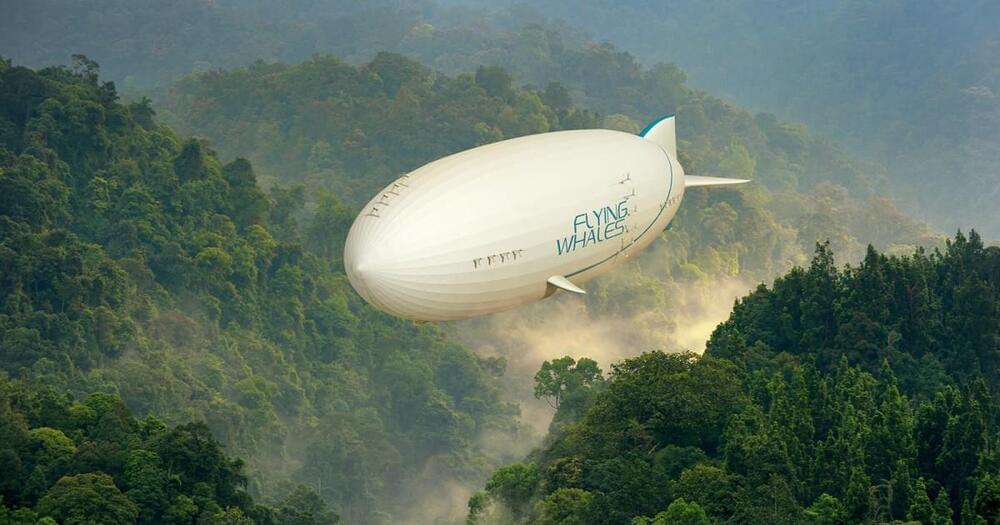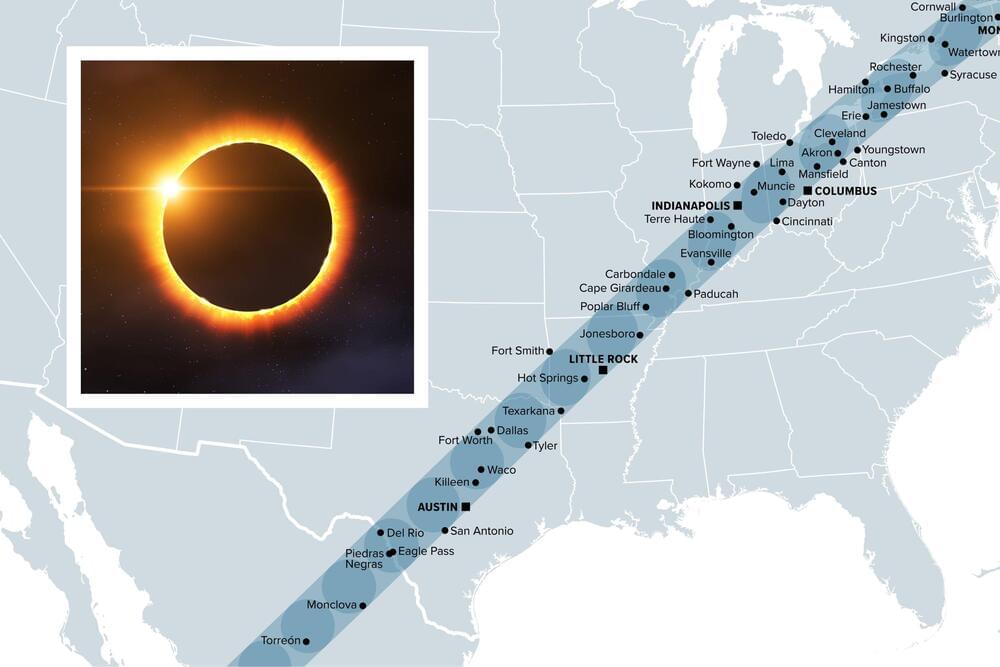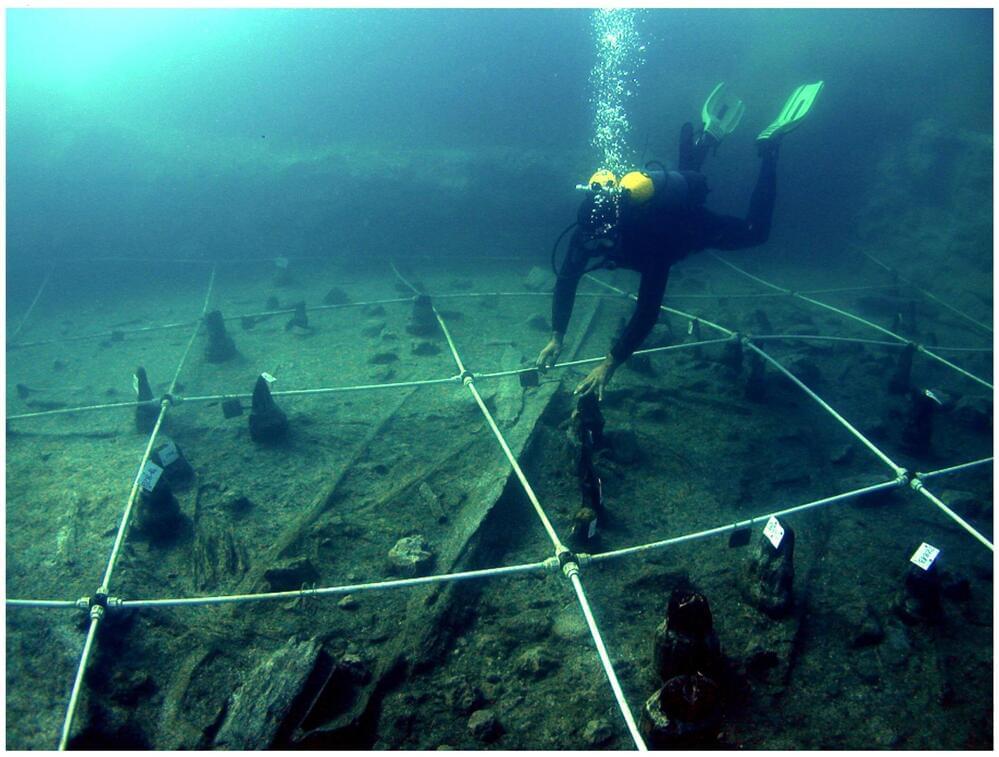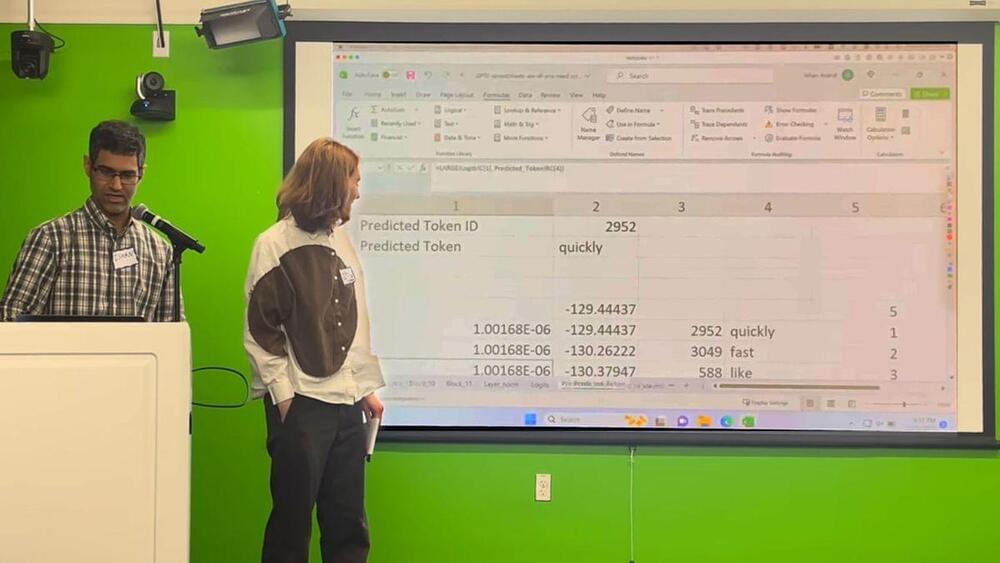Airship startup Flying Whales will use Honeywell’s most powerful generator for their electric engines.




More than 7,000 years ago, people navigated the Mediterranean Sea using technologically sophisticated boats, according to a study published March 20, 2024, in the open-access journal PLOS ONE by Juan F. Gibaja of the Spanish National Research Council, Barcelona and colleagues.
Many of the most important civilizations in Europe originated on the shores of the Mediterranean Sea. During the Neolithic, communities clearly traveled and traded across the water, as evidenced by watercraft in the archaeological record and the presence of settlements on coasts and islands. In this study, Gibaja and colleagues provide new insights into the history of seafaring technology through analysis of canoes at the Neolithic lakeshore village of La Marmotta, near Rome, Italy.
Excavation at this site has recovered five canoes built from hollowed-out trees (dugout canoes) dating between 5,700 and 5,100 BC. Analysis of these boats reveals that they are built from four different types of wood, unusual among similar sites, and that they include advanced construction techniques such as transverse reinforcements.


“I’m still working on being a good CEO,” Jensen Huang said in an interview at his alma mater, Stanford University.

Artificial general intelligence (AGI) — often referred to as “strong AI,” “full AI,” “human-level AI” or “general intelligent action” — represents a significant future leap in the field of artificial intelligence. Unlike narrow AI, which is tailored for specific tasks, such as detecting product flaws, summarizing the news, or building you a website, AGI will be able to perform a broad spectrum of cognitive tasks at or above human levels. Addressing the press this week at Nvidia’s annual GTC developer conference, CEO Jensen Huang appeared to be getting really bored of discussing the subject — not least because he finds himself misquoted a lot, he says.
The frequency of the question makes sense: The concept raises existential questions about humanity’s role in and control of a future where machines can outthink, outlearn and outperform humans in virtually every domain. The core of this concern lies in the unpredictability of AGI’s decision-making processes and objectives, which might not align with human values or priorities (a concept explored in-depth in science fiction since at least the 1940s). There’s concern that once AGI reaches a certain level of autonomy and capability, it might become impossible to contain or control, leading to scenarios where its actions cannot be predicted or reversed.
When sensationalist press asks for a timeframe, it is often baiting AI professionals into putting a timeline on the end of humanity — or at least the current status quo. Needless to say, AI CEOs aren’t always eager to tackle the subject.

From abstract-looking cloud formations to roars of snow machines on ski slopes, the transformation of liquid water into solid ice touches many facets of life. Water’s freezing point is generally accepted to be 32 degrees Fahrenheit. But that is due to ice nucleation—impurities in everyday water raise its freezing point to this temperature. Now, researchers unveil a theoretical model that shows how specific structural details on surfaces can influence water’s freezing point.

A research team led by Prof. Meng Guowen and Prof. Han Fangming from the Hefei Institutes of Physical Science of the Chinese Academy of Sciences, together with Prof. Wei Bingqing from the University of Delaware, miniaturized line-filtering capacitors with “matryoshka doll” structure electrodes, providing a high-performance and space-saving solution for line-filtering applications.